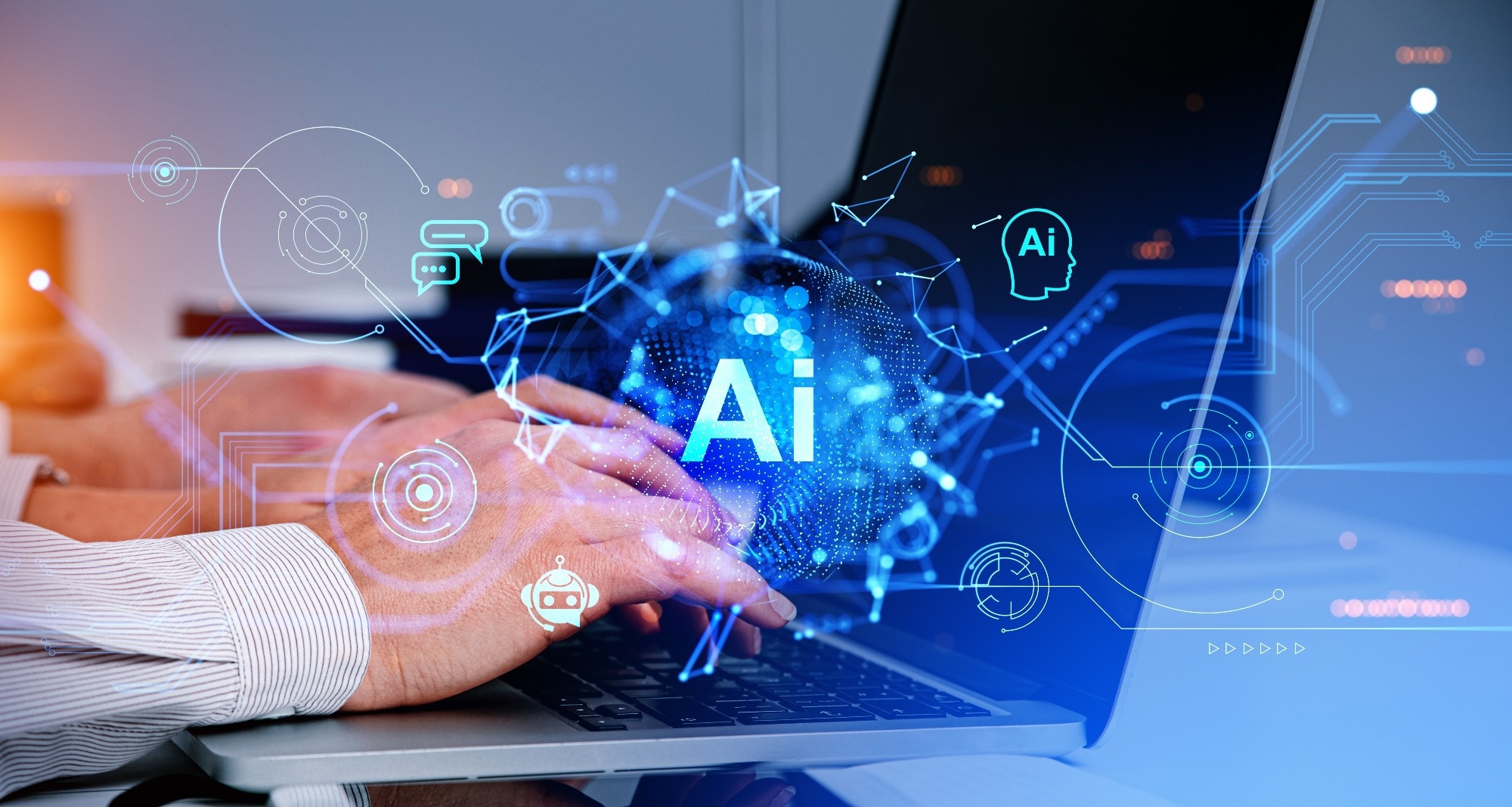In a recent study published in the journal Machine Learning: Science and Technology, researchers introduced a new method for segmenting datacubes, multi-dimensional data arrays used in various scientific fields. They proposed using deep clustering, an unsupervised learning technique combining traditional clustering methods with deep learning, to analyze and categorize the spectra in the datacubes.
 Study: Advanced AI for Datacube Spectral Analysis. Image Credit: ImageFlow/Shutterstock.com
Study: Advanced AI for Datacube Spectral Analysis. Image Credit: ImageFlow/Shutterstock.com
Background
Datacubes are a powerful way to represent and analyze complex data with multiple dimensions, such as spatial, temporal, spectral, or polarimetric information. They are widely used in astrophysics, cultural heritage, remote sensing, and medical imaging. However, interpreting datacubes is challenging due to the difficulty of extracting relevant information from the spectra. The high dimensionality of datacube spectra adds complexity to their statistical analysis, requiring efficient methods to extract meaningful features and patterns.
One way to address this challenge is by using unsupervised clustering methods. These methods aim to group data points into clusters where points in the same segment are more similar than the data present in the other clusters. Clustering helps discover hidden structures and categories in the data and reduces dimensionality and noise. However, traditional clustering methods often fail with high-dimensional data and rely on predefined distance to measure similarity.
About the Research
In this paper, the authors proposed using deep learning techniques for datacube segmentation through deep spectral clustering. They used a deep neural network to learn a data representation for clustering. The network maps the input into a lower dimension where a state-of-art clustering algorithm is employed. The goal is to make clustering easier in the transformed space.
The researchers used autoencoders (AEs) and variational autoencoders (VAEs). AEs are neural networks that reconstruct input data from a compressed representation, while VAEs are probabilistic extensions of AEs that generate new data from a latent distribution. They used AEs and VAEs to compress the datacube spectra and then performed clustering on the compressed data using an iterative K-means algorithm. K-means assigns data points to the nearest cluster center and iteratively updates the centers until convergence. The number of clusters was optimized using the silhouette score, which measures clustering quality.
Furthermore, the developed method was applied to two use cases: a synthetic dataset of macro X-ray fluorescence (MA-XRF) imaging on pictorial artworks and a synthetic dataset of simulated astrophysical observations. MA-XRF is a non-destructive technique that uses X-rays to analyze the elemental composition of artworks. Astrophysical observations use instruments with integral field units that provide spectra for each pixel of an image, revealing information about astronomical objects.
Research Findings
The outcomes showed that the new method successfully segmented the datacubes in both use cases, producing meaningful and coherent results. It identified and isolated different types of spectra, corresponding to different pigments or nebulae, and created binary maps of clusters on the datacube images. It also reconstructed the spectra from the latent space and compared them with the original spectra.
The authors evaluated their technique using metrics such as the silhouette score, Tversky index, and confusion matrix. They compared their method with principal component analysis (PCA), t-distributed stochastic neighbor embedding (t-SNE), and uniform manifold approximation and projection (UMAP). Their method outperformed these approaches in clustering quality, reconstruction accuracy, and computational efficiency. It handled noisy and complex data well and generated new data from the latent space.
Applications
The new method can analyze and categorize complex data, such as images, spectra, or signals, without prior knowledge or labels. It can also generate new data, like synthetic spectra or datacubes, useful for testing or training. In cultural heritage, it can analyze and segment MA-XRF datacubes to identify and classify different pigments and materials in artworks, aiding their study and preservation. In astrophysics, it can analyze and segment spectral datacubes to classify different types of astronomical objects, enhancing our understanding of the universe.
Conclusion
In summary, the novel technique proved effective for datacube segmentation. The authors demonstrated its potential in two different use cases, one from astrophysics and one from cultural heritage, producing meaningful results. They discussed potential applications in various fields using datacubes and suggested applying their method to real-world data, fine-tuning models for real data, and using cloud-based computing to scale up their method. They also suggested exploring other deep neural networks, such as convolutional or recurrent networks, to improve performance and generality.